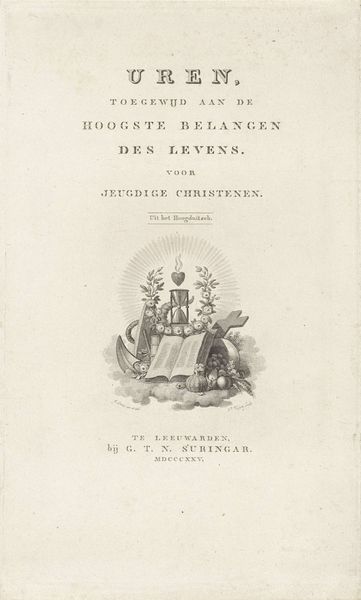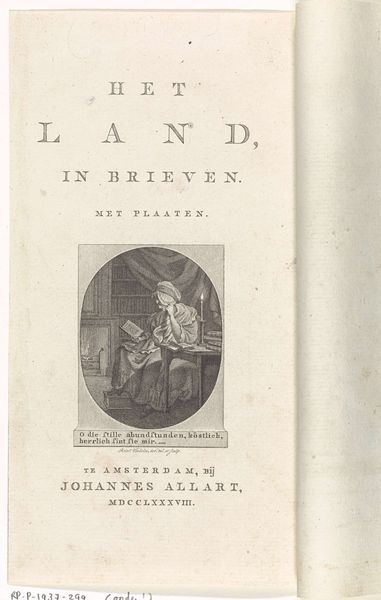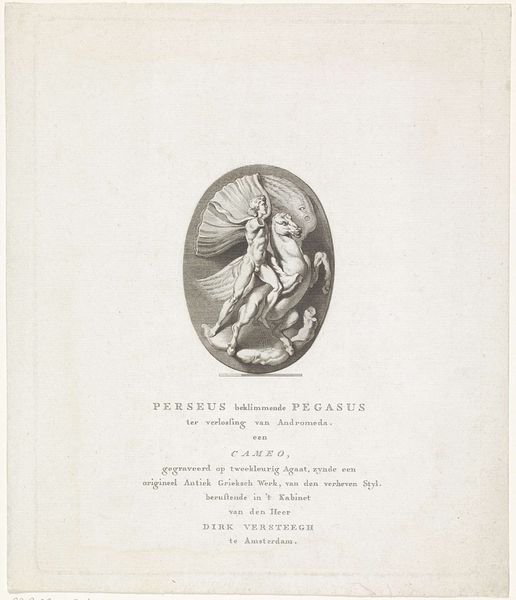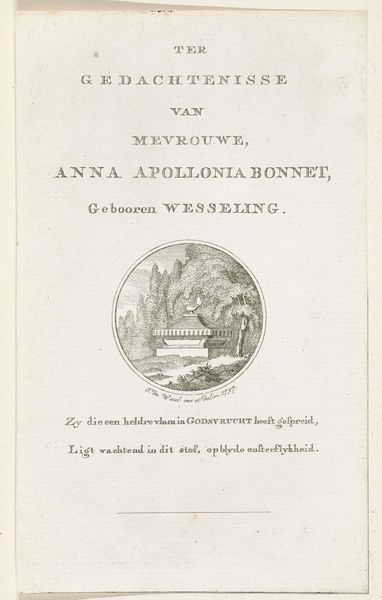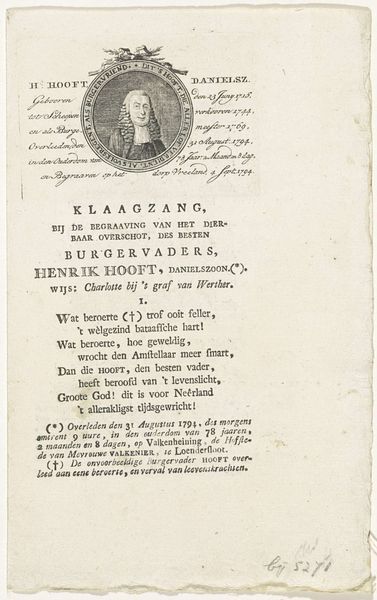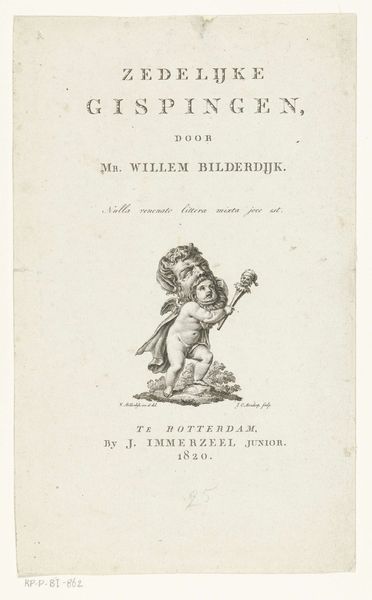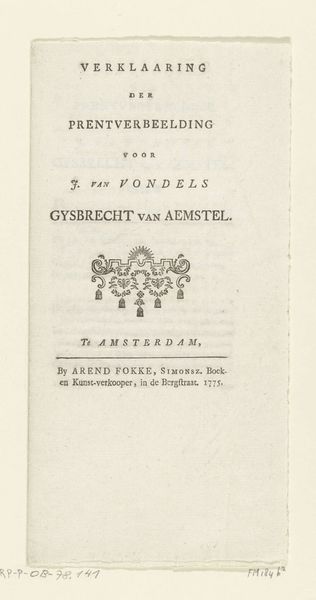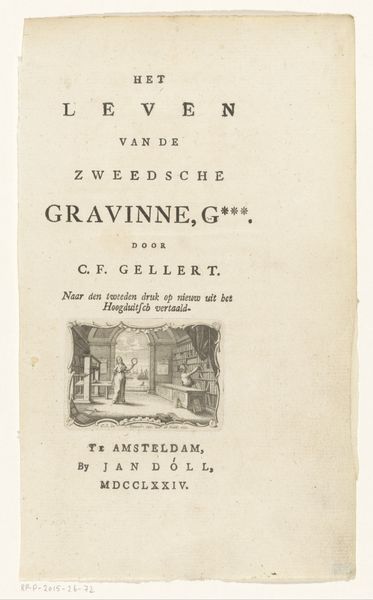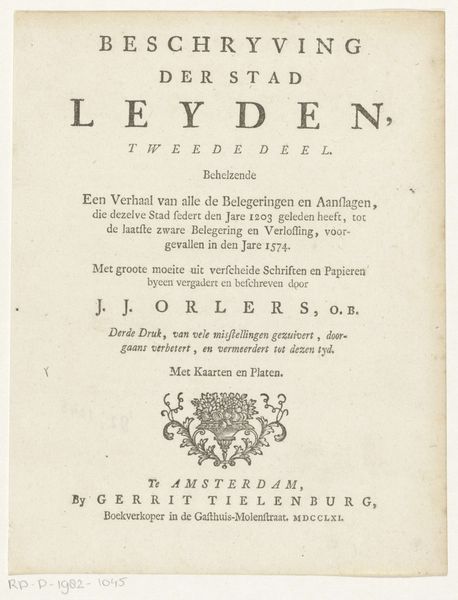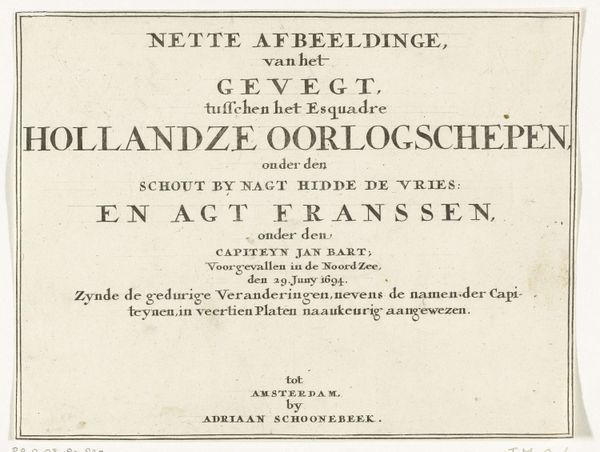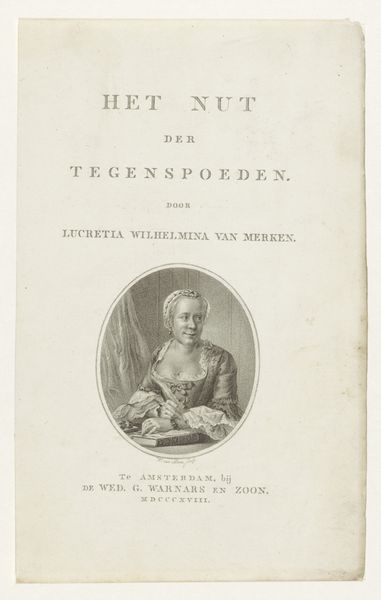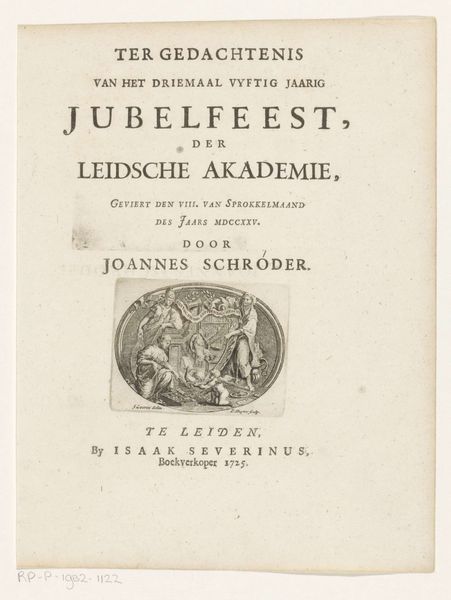
print, engraving
#
portrait
#
neoclacissism
# print
#
history-painting
#
engraving
Dimensions: height 207 mm, width 137 mm
Copyright: Rijks Museum: Open Domain
This print, of the widow of Johann Kaspar Lavater, was made in 1816 by Daniël Veelwaard. The image is an engraving, a process where lines are incised into a metal plate, which is then inked and printed. Engraving was a highly skilled, labor-intensive technique. Each line you see here had to be cut by hand, with the depth and spacing carefully controlled to create the illusion of light and shadow. Because of this, engraving was often used for reproducing images, allowing them to be widely disseminated. Consider the social context: this print was made during a time of great social and political change, with the rise of a middle class eager for access to culture. Prints like this one made art more democratic, bringing images into people's homes that would have been inaccessible otherwise. By focusing on the processes of production, we can understand how this seemingly simple image played a role in shaping society. It challenges our traditional notions of art as something precious and unique, instead highlighting the importance of accessibility and distribution.
Comments
No comments
Be the first to comment and join the conversation on the ultimate creative platform.
